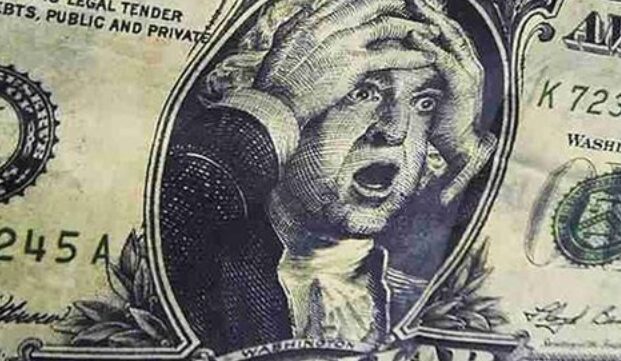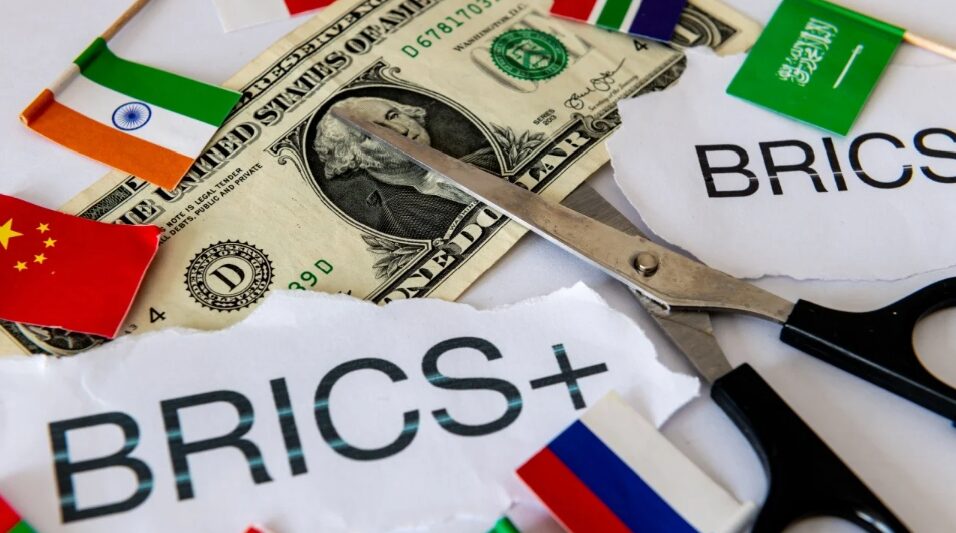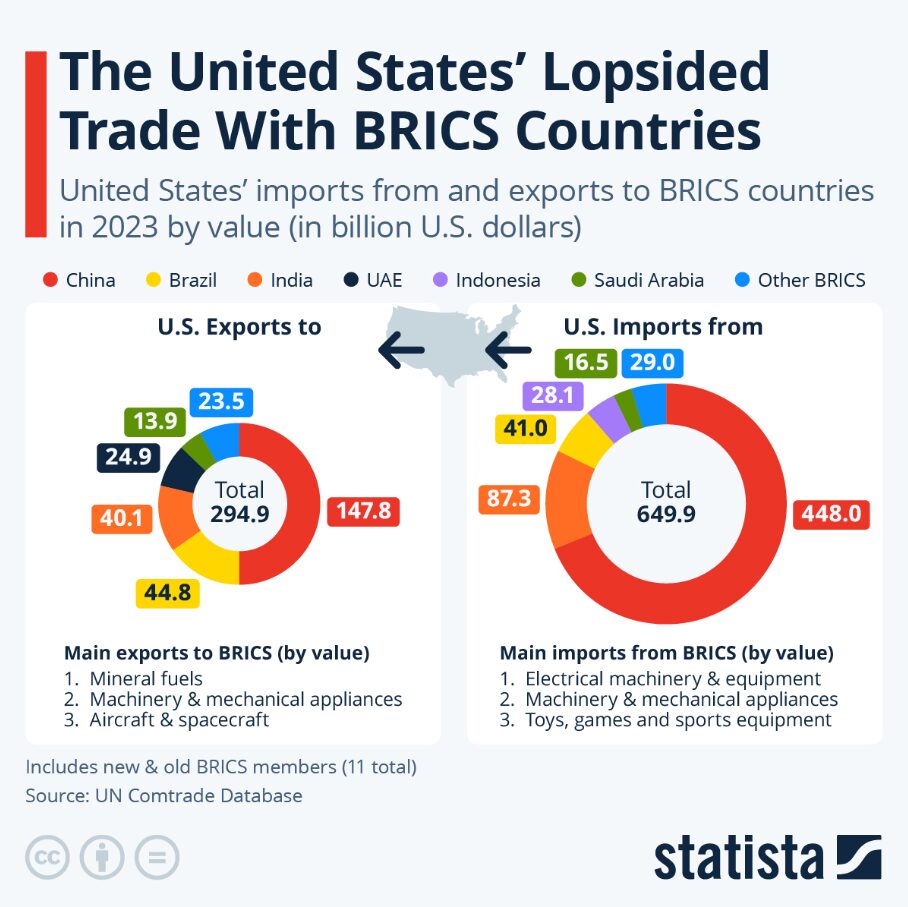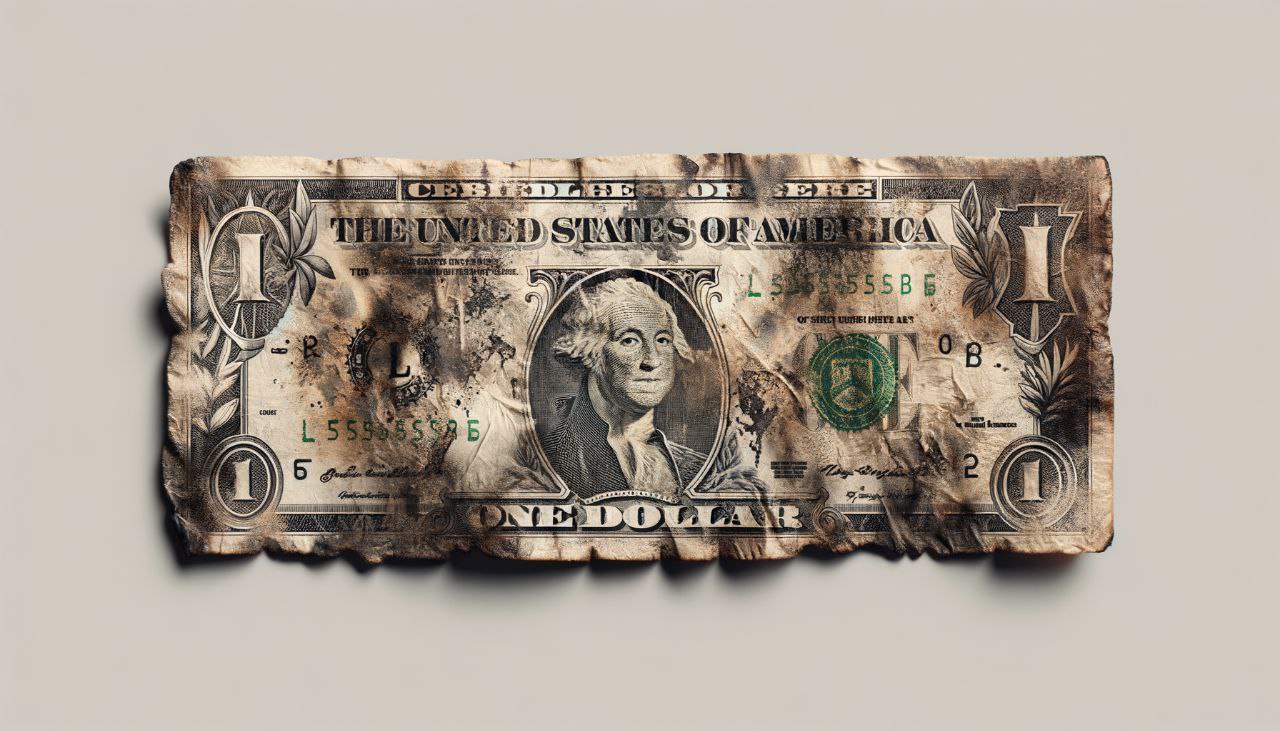De-dollarization Surges—This Major Economy Drops the U.S. Dollar

Brazil has firmly positioned itself at the forefront of the growing de-dollarization movement within BRICS nations right now, and is actively championing dollar-free trade as well as promoting local currencies for international transactions. This represents, at the time of writing, a significant challenge to the U.S. dollar’s long-established role as the primary global reserve currency.
BRICS Member Pushes De-dollarization—Nations Ditch the U.S. Dollar

Brazil’s Finance Ministry has made its de-dollarization stance quite clear as the country has recently assumed the BRICS chairmanship in 2025. Secretary Tatiana Rosito from Brazil’s Finance Ministry stated:
“The trade in local currencies is already underway, for example, between Brazil and China. No obstacles exist to that on the side of Brazil.”
The expanded BRICS alliance—which now includes Brazil, Russia, India, China, South Africa, Egypt, Ethiopia, Indonesia, Iran, and also the UAE—is currently implementing various financial strategies to reduce dollar dependency. This ongoing de-dollarization effort aims to essentially reshape global trade and, in addition, decrease vulnerability to U.S. dollar fluctuations.
Yuan Trade Settlements Gain Momentum

China’s yuan is playing a rather crucial role in BRICS de-dollarization efforts these days, with increasing adoption in trade settlements between member nations. Brazil-China trade increasingly uses national currencies, such as the yuan and real, thus reducing dollar dependency.
Regarding the New Development Bank’s role in de-dollarization, Rosito emphasized:
“Opening of this bank reflects the aspiration of BRICS members to proactively participate in transformation of the economic and financial order.”
Challenges in Global Reserve Currency Shift
Despite these ambitious de-dollarization efforts, some challenges definitely remain. The dollar still maintains its dominance in private business transactions due to its widespread liquidity. Rosito acknowledged:
“The desire of businessmen to use the U.S. dollar in trade due to higher liquidity remains a problem for BRICS member countries.”
That said, the commitment to reducing dollar dependency remains quite firm within the BRICS framework:
“Therefore, the goal of BRICS is to expand the use of local currencies in any way that will make it possible to reduce costs and will be of interests for association’s members.”
The upcoming BRICS summit in Rio de Janeiro will likely advance discussions on de-dollarization and alternative payment systems. While a unified BRICS currency isn’t currently being discussed at this time, the focus remains on practical measures for dollar-free trade and financial independence.

As as the dollar dethroning continues to gain traction around the world, Brazil’s leadership demonstrates the growing determination of emerging economies to reshape the international financial system and also reduce reliance on the U.S. dollar as the global reserve currency.
De-dollarization Surges—This Major Economy Drops the U.S. Dollar

Brazil has firmly positioned itself at the forefront of the growing de-dollarization movement within BRICS nations right now, and is actively championing dollar-free trade as well as promoting local currencies for international transactions. This represents, at the time of writing, a significant challenge to the U.S. dollar’s long-established role as the primary global reserve currency.
BRICS Member Pushes De-dollarization—Nations Ditch the U.S. Dollar

Brazil’s Finance Ministry has made its de-dollarization stance quite clear as the country has recently assumed the BRICS chairmanship in 2025. Secretary Tatiana Rosito from Brazil’s Finance Ministry stated:
“The trade in local currencies is already underway, for example, between Brazil and China. No obstacles exist to that on the side of Brazil.”
The expanded BRICS alliance—which now includes Brazil, Russia, India, China, South Africa, Egypt, Ethiopia, Indonesia, Iran, and also the UAE—is currently implementing various financial strategies to reduce dollar dependency. This ongoing de-dollarization effort aims to essentially reshape global trade and, in addition, decrease vulnerability to U.S. dollar fluctuations.
Yuan Trade Settlements Gain Momentum

China’s yuan is playing a rather crucial role in BRICS de-dollarization efforts these days, with increasing adoption in trade settlements between member nations. Brazil-China trade increasingly uses national currencies, such as the yuan and real, thus reducing dollar dependency.
Regarding the New Development Bank’s role in de-dollarization, Rosito emphasized:
“Opening of this bank reflects the aspiration of BRICS members to proactively participate in transformation of the economic and financial order.”
Challenges in Global Reserve Currency Shift
Despite these ambitious de-dollarization efforts, some challenges definitely remain. The dollar still maintains its dominance in private business transactions due to its widespread liquidity. Rosito acknowledged:
“The desire of businessmen to use the U.S. dollar in trade due to higher liquidity remains a problem for BRICS member countries.”
That said, the commitment to reducing dollar dependency remains quite firm within the BRICS framework:
“Therefore, the goal of BRICS is to expand the use of local currencies in any way that will make it possible to reduce costs and will be of interests for association’s members.”
The upcoming BRICS summit in Rio de Janeiro will likely advance discussions on de-dollarization and alternative payment systems. While a unified BRICS currency isn’t currently being discussed at this time, the focus remains on practical measures for dollar-free trade and financial independence.

As as the dollar dethroning continues to gain traction around the world, Brazil’s leadership demonstrates the growing determination of emerging economies to reshape the international financial system and also reduce reliance on the U.S. dollar as the global reserve currency.

